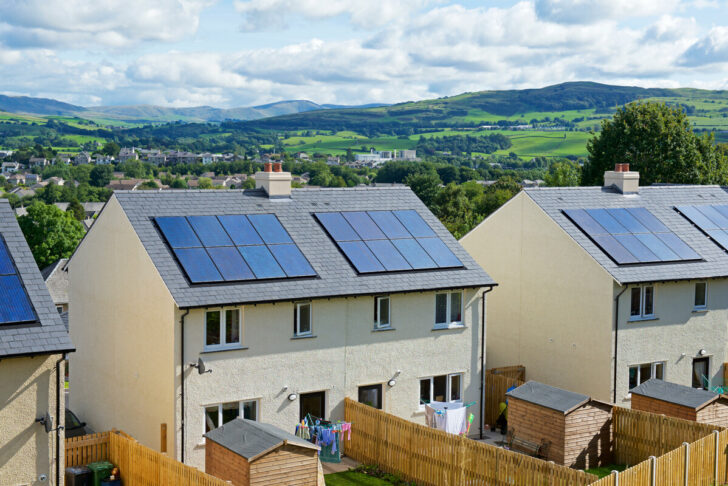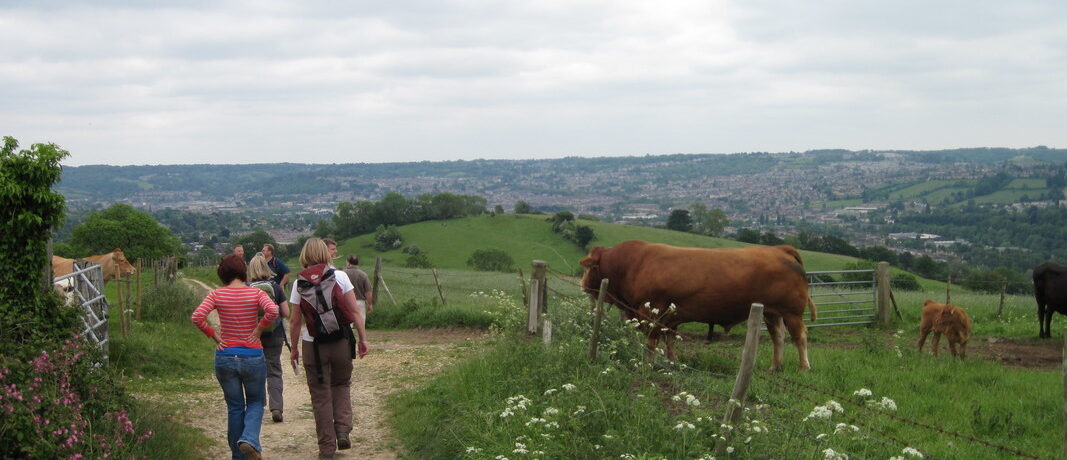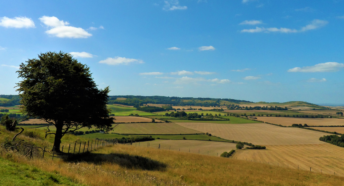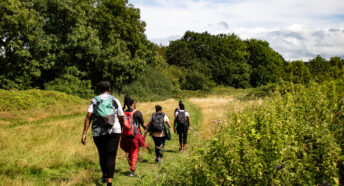Countryside solutions for a healthy planet
‘Earth Day’ takes place on 22 April. It’s a collective invitation for us all to tune in to our evolving roles in looking after this planet we call home. But at CPRE, every day is Earth Day, as we strive to advocate common-sense countryside solutions to the environmental crises we face.
Since 1970, the founders of Earth Day have rallied over 1 billion people annually, and offer a poignant reminder: ‘Our world is at a pivotal moment, necessitating a collective call from citizens worldwide to encourage governments and the private sector to acknowledge and rectify their roles in the environmental crisis.’
CPRE’s current campaigns aim to do just that.
Countryside solutions
CPRE’s recent State of the Green Belt report investigated the importance of the land that surrounds our towns and cities, and recommended: ‘in order to deliver a positive future, we need to manage, restore and enhance our Green Belts to build the homes we need, provide more space for nature, and find places to relax, play and grow food.’ Alongside the obvious benefits to local residents, maintaining the Green Belt in this way could offer a nature-based solution to help tackle the climate crisis through its ability to sequester carbon, and other greenhouse gases.
Weaving in this year’s Earth Day theme – Planet vs. Plastics – is also relevant here. The goal is to reduce plastic production by 60% by the year 2040; effectively managing Green Belt farmland could play a role in supporting this reduction. ‘65.6% of Green Belt land is registered as agricultural land [which] has the potential to provide local farm produce to the many urban areas within the Green Belt, improving food security, reduction of food miles and self-sufficiency.’ Additionally, a focus on local produce may reduce the need for plastic packaging, or an ability to find more sustainable alternatives, as the food doesn’t have to travel as far from farm to consumer.
Read our latest Green Belt report
Clean energy on our roofs
With climate change being the biggest threat to our countryside, looking to renewable energy sources is another crucial way we can support the planet. Our recent report, ‘Shout from the rooftops: delivering a common sense solar revolution‘ highlights the need for a clean energy revolution: ‘despite the urgent need to exploit the best opportunities to generate the renewable energy our country needs, we have a vast and largely untapped resource: roofs. Along with surface car parks, roofs provide space to generate solar-powered electricity, very close to where it is needed.’
Sign our petition for a rooftop solar revolution

Of course, it is also essential to consider the production of solar panels, especially in light of the Planet vs. Plastics theme, and as highlighted in the report, ‘responsible sourcing, including traceability and transparency in supply chains, is key.’ Companies such as The Big Solar Co-op, who provide ethical, community-led rooftop solar, are paving the way here, with solar panels (and their raw materials) produced using clean energy. Jon Halle, Sharenergy CEO, shares more: ‘To make change happen, you have to start somewhere, and this is where we choose to start with ethical solar.’
Healthier countryside, healthier planet
While each of these focus areas is significant in its own right, it’s vital to consider the holistic integration of the two, and their combined effect on the earth. While opting for renewable energy such as solar is clearly the way forward, specifically choosing rooftop solar is even more impactful. In taking this pathway, we not only steer clear of big solar farms blighting the landscape, but we also avoid taking quality land away from farmers. Large-scale solar developments are a particular problem for tenant farmers, as Robert and Emma experienced in Malton, when an energy company applied for solar and battery storage on 110 acres of their land.
While sprawling, large-scale projects may sometimes support the mitigation of the climate crisis, more and more it seems that a shift to focus on local, small-scale solutions that feel possible for everyone, is the key.
CPRE’s vision is to facilitate change in this way for both the Green Belt and rooftop solar. If we increase sustainable farming practices in the Green Belt, protect its habitats and landscapes, and unlock the potential of rooftop solar energy, we can support solutions to the climate emergency that protect our countryside and make best use of our land. This Earth Day – and every day – we can choose to support positive changes just like these.









